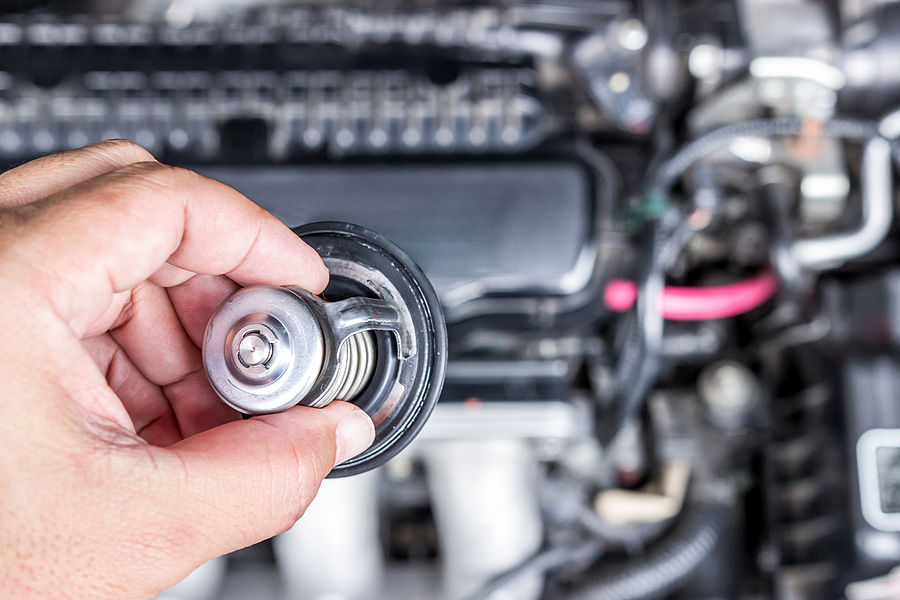
When it comes to your home's heating and cooling system, the thermostat plays a crucial role in maintaining comfort and energy efficiency. If your current thermostat is outdated or malfunctioning, it may be time to consider a replacement. However, with so many options available on the market, choosing the right thermostat replacement can be a daunting task. To help you make the best decision for your home, we have compiled a list of expert tips to guide you through the selection process.
Factors to Consider
1. Compatibility
- Check if the new thermostat is compatible with your heating and cooling system. Some systems may require specific types of thermostats to function properly.
- Consider whether you need a low-voltage or line-voltage thermostat, depending on your HVAC system.
- Make sure the thermostat is compatible with any additional features such as humidifiers or dehumidifiers.
2. Programming Options
- Determine whether you prefer a programmable or smart thermostat. Programmable thermostats allow you to set schedules for temperature adjustments, while smart thermostats offer advanced features such as remote access and learning capabilities.
- Consider the ease of use and accessibility of the thermostat's interface. Some models offer touchscreen displays for intuitive navigation.
Types of Thermostats
1. Non-Programmable Thermostats
- Suitable for homeowners who prefer manual temperature adjustments.
- Basic models with simple controls for setting the desired temperature.
- Cost-effective option for those on a budget.
2. Programmable Thermostats
- Allow you to set schedules for temperature changes based on your daily routine.
- Can help save energy by automatically adjusting the temperature when you are away or asleep.
- Available in various models with different programming options.
3. Smart Thermostats
- Offer advanced features such as Wi-Fi connectivity and compatibility with smart home systems.
- Learn your heating and cooling preferences over time to optimize energy efficiency.
- Allow remote access via smartphone apps for convenient temperature control.
Additional Features to Consider
1. Energy Efficiency
- Look for thermostats with energy-saving features such as adaptive recovery and learning algorithms.
- Check for ENERGY STAR certification to ensure the thermostat meets high efficiency standards.
- Consider models with geofencing capabilities that adjust the temperature based on your location.
2. Compatibility with HVAC Systems
- Ensure the thermostat is compatible with your heating and cooling equipment, including heat pumps, furnaces, and air conditioners.
- Check if the thermostat supports multi-stage heating and cooling systems for optimal performance.
- Consult with a professional HVAC technician if you are uncertain about compatibility issues.
3. Design and Aesthetics
- Choose a thermostat that complements your home's interior design and aesthetic preferences.
- Consider the size and shape of the thermostat, especially if you have limited wall space for installation.
- Opt for a model with customizable display options to match your decor.
Installation and Maintenance
1. Professional Installation
- For complex wiring systems or incompatible equipment, hire a professional HVAC technician to install the new thermostat.
- Ensure the technician follows the manufacturer's instructions and properly calibrates the thermostat for accurate temperature readings.
- Verify that the installation is done safely and that the thermostat is functioning correctly before use.
2. Regular Maintenance
- Follow the manufacturer's guidelines for cleaning and maintaining the thermostat to ensure optimal performance.
- Check the batteries regularly and replace them as needed to prevent malfunctions or power outages.
- Schedule annual inspections with a professional HVAC technician to check the thermostat's calibration and overall condition.
Conclusion
Choosing the right thermostat replacement for your home's heating and cooling system is a decision that should not be taken lightly. By considering factors such as compatibility, programming options, and additional features, you can select a thermostat that meets your comfort needs and energy efficiency goals. Whether you opt for a non-programmable, programmable, or smart thermostat, be sure to prioritize installation by a professional and regular maintenance to prolong the lifespan of your new thermostat. With these expert tips in mind, you can make an informed decision that will enhance the comfort and efficiency of your home's HVAC system.
